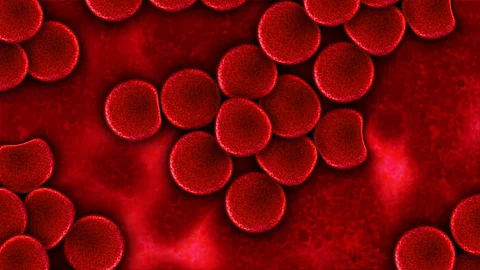

HYDERABAD: The Centre for Cellular and Molecular Biology (CCMB), on Thursday, published a study stating that several physiological factors changed among the Tibetans -- one of the oldest high-altitude inhabitants in the world -- after they moved to lower altitude areas in the country.
The research team headed by Dr K Thangaraj at CCMB found that the blood parameters in Tibetans in Karnataka, are significantly different compared to their high-altitude counterparts. The study reveals that prolonged residence of native Tibetans at a low altitude (over 50 years) has resulted in significantly lower Red Blood Cell count (RBC), hematocrit (HCT), Hemoglobin (Hb), Mean Corpuscular Hemoglobin (MCH), Mean Corpuscular Hemoglobin Concentration (MCHC) and Higher Mean Corpuscular Volume (MCV) compared to their high altitude counterparts, which is likely due to the outcome of hematological adaptation to the relatively hyperoxic environment (where oxygen supply is excessive) in low altitude areas.
The study includes a total of 168 individuals, of whom 79 were from high altitude and 89 were from low altitude areas, with ages ranging from 24 to 80 years and 17 to 92 years, respectively. The study has been recently published in the Journal of Blood Medicine.